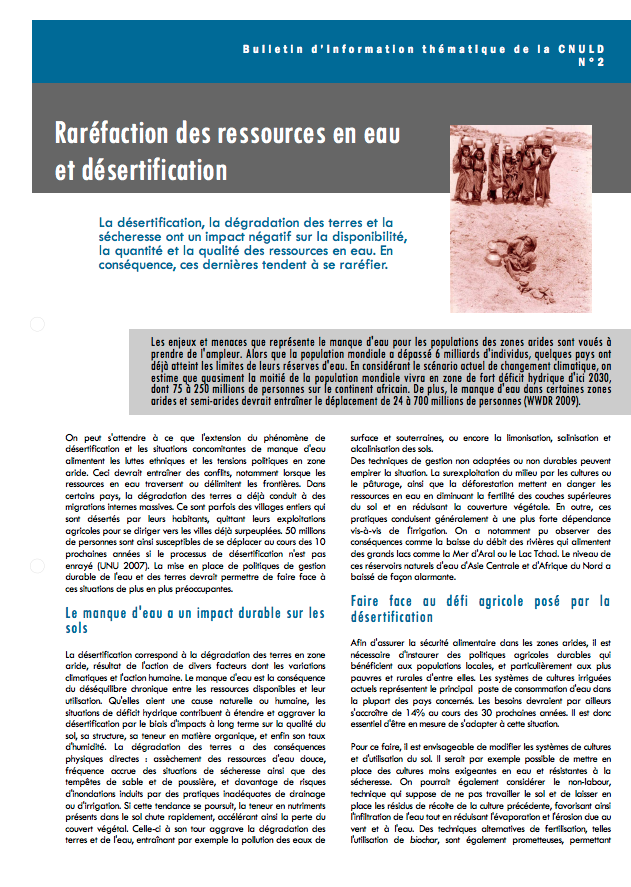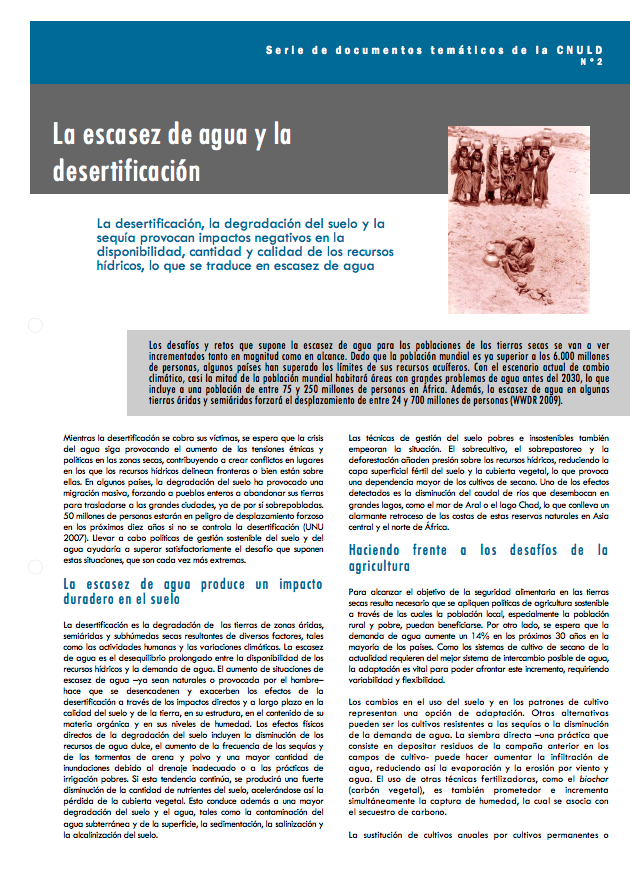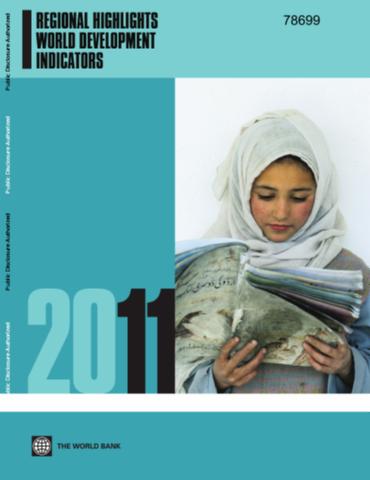Kenya - Poverty and Inequality Assessment : Executive Summary and Synthesis Report
This assessment of poverty and
inequality comes at an important juncture for Kenya. The
December 2007 elections and subsequent pronouncements of the
newly formed Grand Coalition have underlined the salience of
these issues to ordinary Kenyans, and for policy makers. The
violence in early 2008 highlighted the importance of
addressing poverty and inequality as major goals in their
own right, but also for instrumental reasons, as major goals








